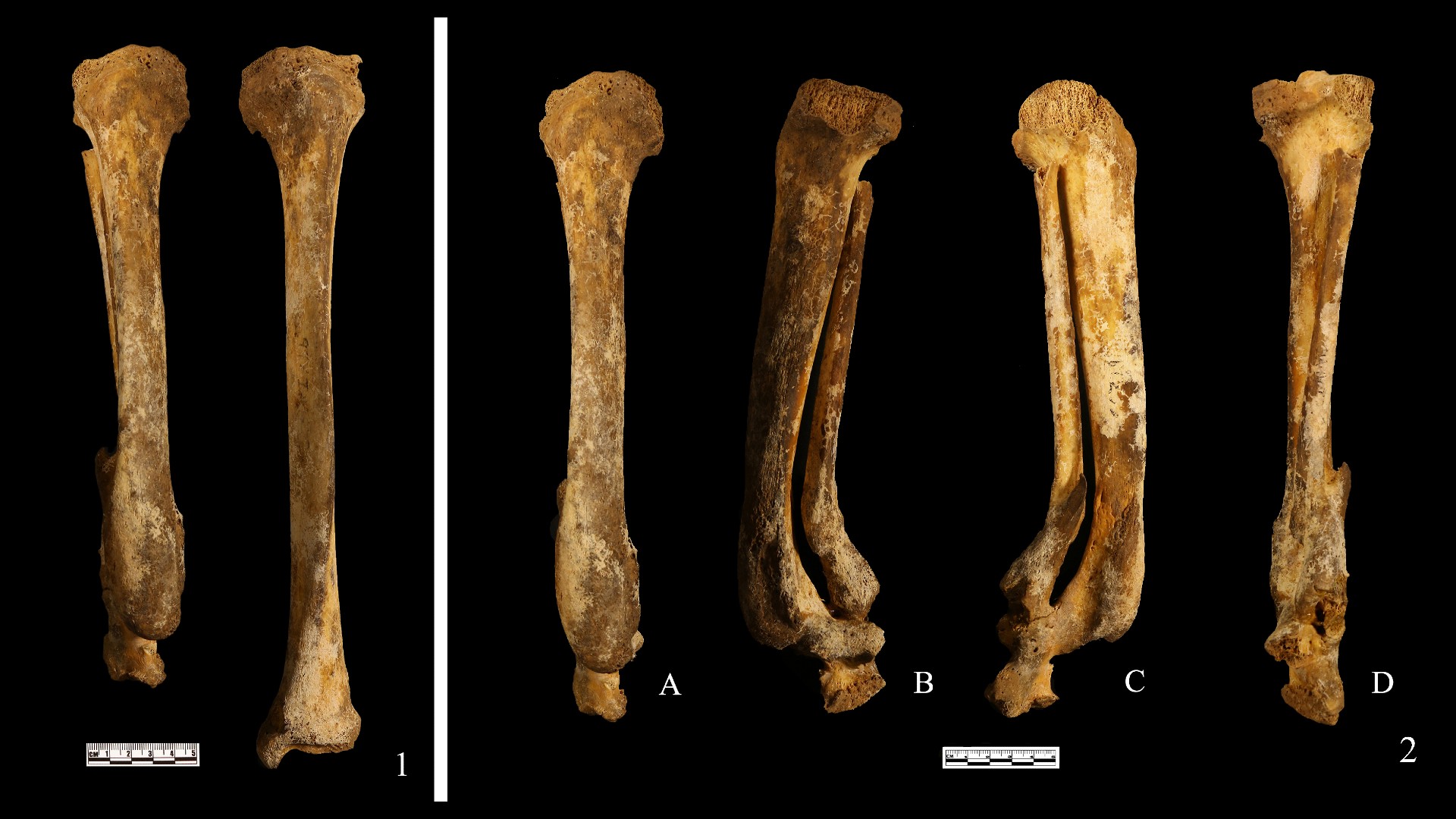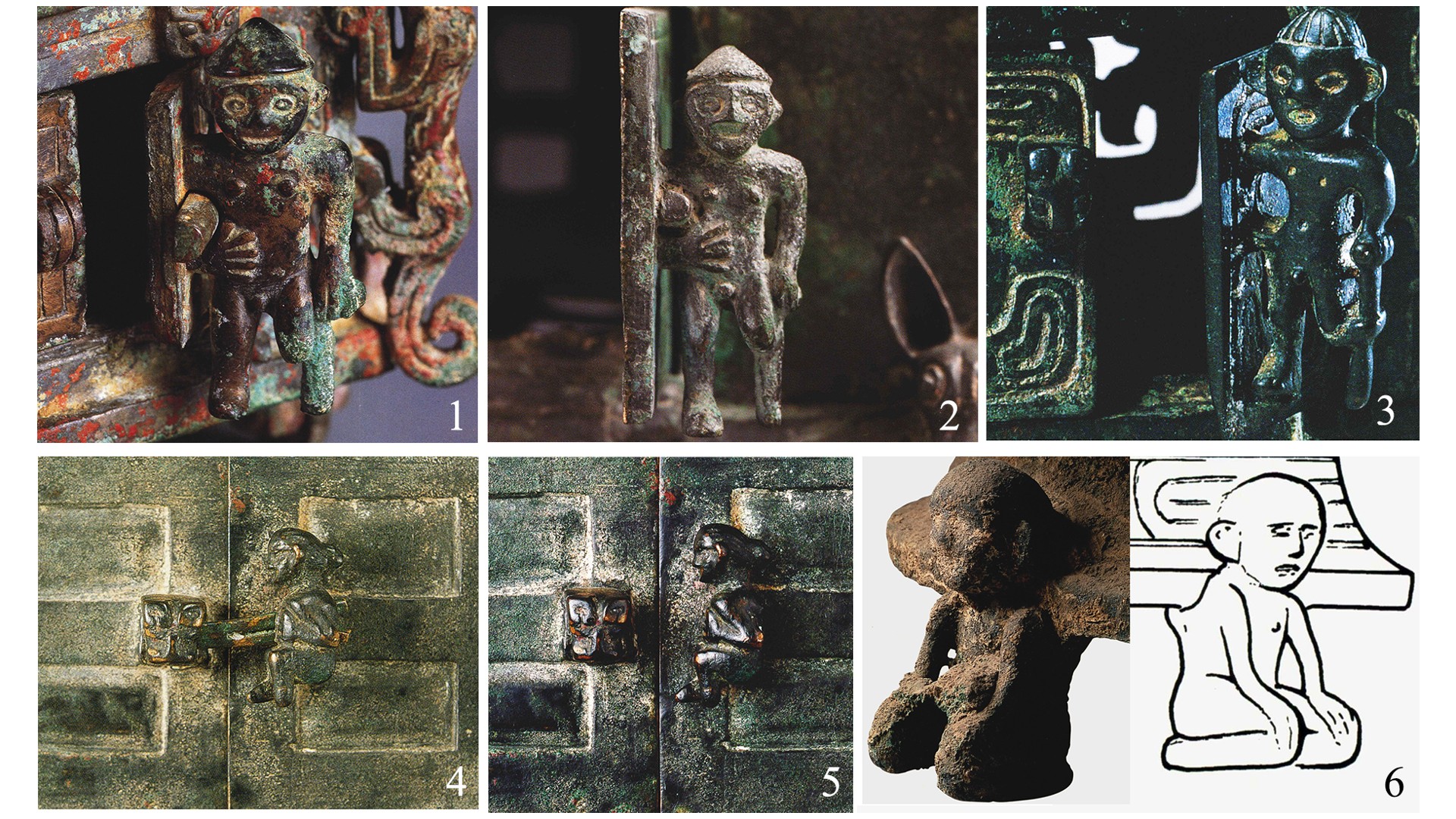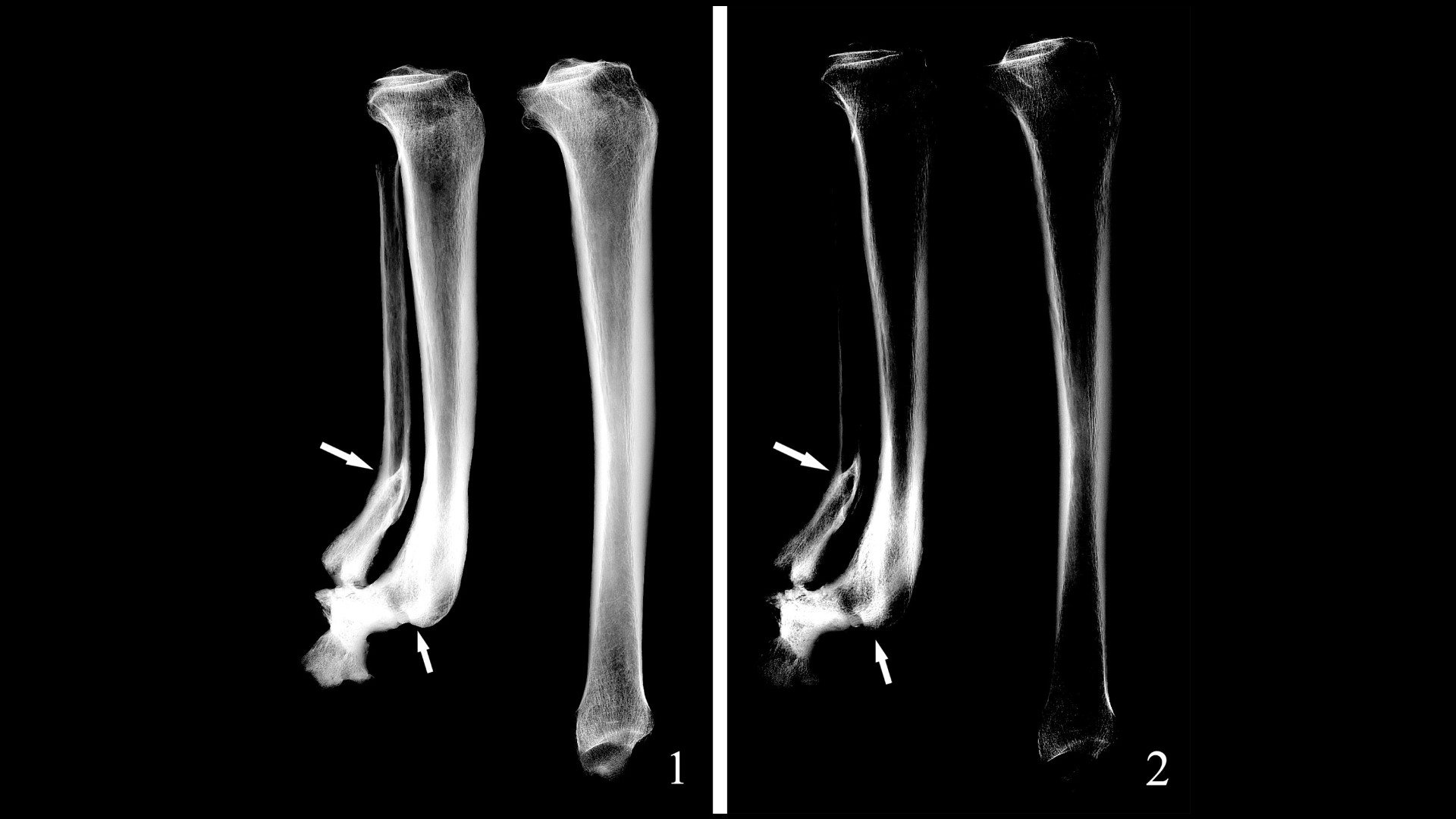Ancient Chinese woman faced brutal 'yue' punishment, had foot cut off, skeleton reveals
Besides the missing foot, the woman was in good health.

Nearly 3,000 years ago, the foot of a Chinese woman was cut off in an amputation — probably not for a medical condition, but as punishment for committing a criminal act, a new study of her bones suggests. It's one of the few times archaeologists have discovered evidence of yue, an ancient Chinese punishment.
Various clues hint that the woman's foot was cut off as yue: her bones show no signs of any disease that could have made such an amputation necessary; and it seems the injury was roughly made, rather than with the precision of a medical amputation.
The researchers considered other possibilities for how the woman might have lost her foot, such as from an accident, a war injury or a surgical procedure, study lead author Li Nan, an archaeologist at Peking University in China, told Live Science. But "after careful observation and media discussions, our research team ruled out other possibilities and agreed that punitive amputation is the best interpretation," she told Live Science in an email.
The yue punishment was common in ancient China for over 1,000 years, until it was abolished in the second century B.C., according to a 2019 study in the Tsinghua China Law Review. At the time the woman was living, up to 500 different offenses could result in having a foot amputated, including rebelling, cheating, stealing and even climbing over certain gates, Li said.
Related: Ancient Chinese tombs hold remains of warriors possibly buried alive
But nothing about the woman's skeleton suggests what she was punished for: "We have no clue what kind of crime she committed," she said.

Five punishments
According to historians, yue was one of the "five punishments for slaves" enforced since the second millennium B.C. by emperors of the Xia dynasty, the first dynasty of ancient China.
Sign up for the Live Science daily newsletter now
Get the world’s most fascinating discoveries delivered straight to your inbox.
There is extensive historical evidence of the practice, and a Chinese official in the first millennium B.C. complained of the need to find special shoes for amputees.
Minor crimes were punished with beatings, but offenders who committed severe crimes could be sentenced to one of the five punishments: mo, where the face or forehead was tattooed in indelible ink; yi, in which the offender's nose was cut off; yue, the amputation of the feet (some of the worst offenders had both feet cut off); and gōng, a brutally complete castration.
The fifth was da pi, a death sentence that could be carried out by beheading, if you were lucky — alternatives included being boiled alive and being torn limb from limb by horses, according to a 1975 study in the Georgia Journal of International & Comparative Law.
Chinese tradition records that the five punishments were in force until they were abolished in the second century B.C. by the Han dynasty's Emperor Wen, who replaced them with a system of fines, floggings, hard labor and exile; the worst criminals were simply executed.

Li said the woman's skeleton was found in a tomb at the Zhouyuan site in China's northwestern Shaanxi province in 1999. The tomb dates from between 2,800 and 3,000 years ago, when Zhouyuan was the region's largest and most important city.
The skeleton's missing foot was largely overlooked initially, but a new examination of the remains reveals more about the woman's life, Li said.
An anatomical analysis revealed that the woman was between 30 and 35 years old when she died, and that — apart from her missing foot — she was in good health. She seems to have suffered no disease after the amputation, which suggests that she was cared for; and the growth of the remaining leg bones indicate the woman lived for about another five years before she died.
Only a few shells were found in her tomb, which might indicate that she lived in poverty, and she was probably buried by members of her family, Li said.
Related: 6 sacrificial pits filled with artifacts reveal rituals of ancient Chinese kingdom
Old bones

The woman's bones didn't show signs of any diseases that might have made a foot amputation necessary, such as diabetes, leprosy or cancer; and there was no evidence of frostbite or burns.
In addition, there seem to be few good explanations of how it could have happened by accident. "If she was attacked or fell from a high place, it didn't make sense that she only lost her right foot without other injuries," Li said.
A critical clue was that the amputation seems to have been the result of an inexpert or perhaps remorseless action — something that can be seen in the bones that remain, including what's left of the tibia, or shinbone.
"The cutting surface of her right tibia was not smooth and marked malunion [a badly-healed fracture] was observed," Li said. "A surgical amputation could do much better at that time."
The Zhouyuan amputation is the earliest evidence of yue yet found. But researchers have reported seeing mutilated skeletons with similar injuries in ancient graves, and it’s possible that older examples will be identified, Li said: "The point is not finding, but identifying."
The study was published earlier this month in the journal Acta Anthropologica Sinica.
Originally published on Live Science.
Tom Metcalfe is a freelance journalist and regular Live Science contributor who is based in London in the United Kingdom. Tom writes mainly about science, space, archaeology, the Earth and the oceans. He has also written for the BBC, NBC News, National Geographic, Scientific American, Air & Space, and many others.










